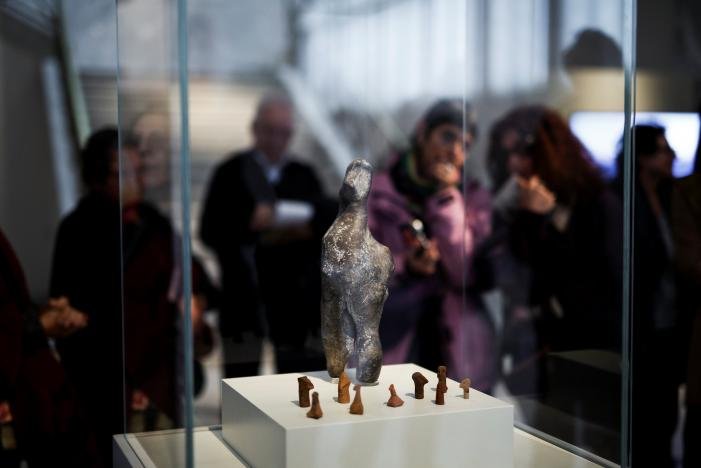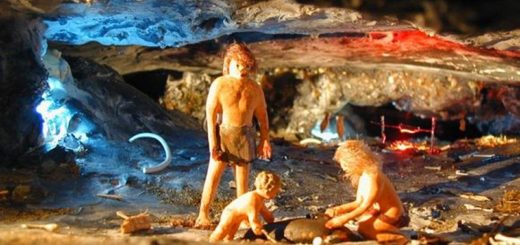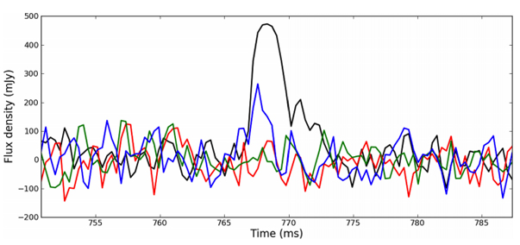Mysterious Bird-Like Statue Is A 7,000-Year-Old Enigma – Archaeologists Say
– Can you solve this ancient riddle?
Is it a human-like figure with a bird-like face, a bird-like entity or something entirely different?
This particular ancient artifact has puzzled scientists for many years. It’s bird-like statue that has been labeled “a 7,000-year-old enigma” by archaeologists.

It is unknown where it originally came from and what ancient civilization created it, though researchers suspect it originates from the northern Greek regions of Thessaly or Macedonia.
The creature resembles a bird, but scientists do not dismiss the possibility it’s a depiction of a human. However, the lack of clear indication of sex makes it very hard to determine whether it’s a woman or a man.
“It could depict a human-like figure with a bird-like face, or a bird-like entity which has nothing to do with man but with the ideology and symbolism of the Neolithic society,” Katya Manteli, an archaeologist with the museum, told Reuters.
Carved out of granite, the 36 cm (14 inches) “enigma” statuette of the late Neolithic era has a pointed nose and long neck leading to a markedly round belly, flat back and cylindrical stumpy legs.
The figure is 36 cm (14 inches) and carved out of granite. This is also somewhat odd because unlike most Neolithic figurines made of soft stone, it is carved out of hard rock even though metal tools were not available at the time.
The artifact was created sometime during the late Neolithic era and has a pointed nose and long neck leading to a markedly round belly, flat back and cylindrical stumpy legs.
Researchers think it’s too short for a life-size depiction of the human figure, it is bigger than most Neolithic statues, which are rarely found over 35 cm tall.
“Regarding technique and size, it is among the rare and unique works of the Neolithic period in Greece,” Manteli said.
The lack of gender can be due to the creator’s limited abilities to sculpture a woman or man, but it’s also possible the creator deliberately wanted to carve an asexual figure.
“Yes, it could be a pregnant figure but there are no breasts, used in Neolithic times to depict the female body. On the other hand it lacks male organs so it is presented as an asexual figure,” Manteli said.
“There are enigmatic aspects to it which make it charming.”



 Creators of mankind
Creators of mankind Description of “Tall white aliens”
Description of “Tall white aliens” Where they came from?
Where they came from? About hostile civilizations
About hostile civilizations The war for the Earth
The war for the Earth “Tall white aliens” about eternal life
“Tall white aliens” about eternal life Video: “Nordic aliens”
Video: “Nordic aliens” Aliens
Aliens Alien encounters
Alien encounters The aliens base
The aliens base UFO
UFO Technology UFO
Technology UFO Underground civilization
Underground civilization Ancient alien artifacts
Ancient alien artifacts Military and UFO
Military and UFO Mysteries and hypotheses
Mysteries and hypotheses Scientific facts
Scientific facts


















